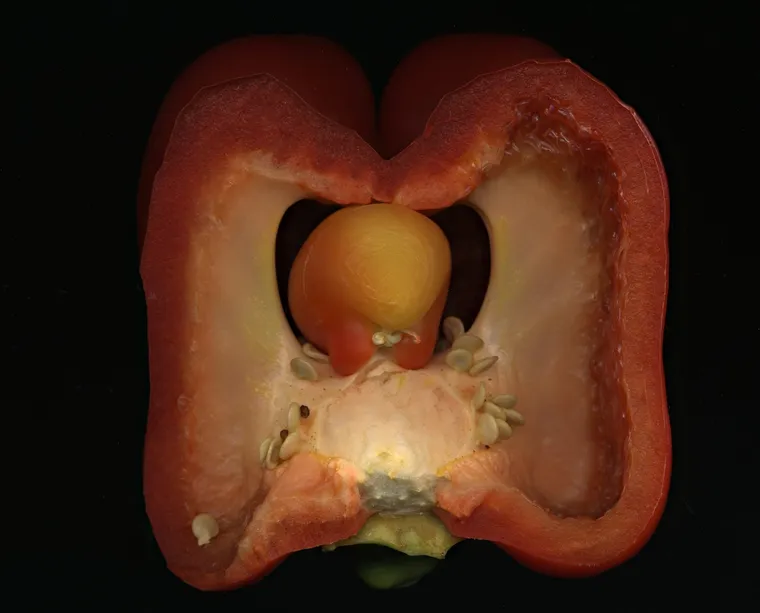Eosinophilic esophagitis (EoE) is a chronic allergic condition of the esophagus, affecting both children and adults. Often mistaken for acid reflux or other digestive issues, it develops when a high number of white blood cells (eosinophils) build up in the esophagus, leading to inflammation and difficulty swallowing. Before the condition worsens, your body provides warning signs such as chest pain, food impaction, and persistent heartburn. Identifying these symptoms early and seeking treatment can help prevent scarring, narrowing of the esophagus, and long-term complications.
What Is Eosinophilic Esophagitis?
Eosinophilic esophagitis (EoE) is an immune-mediated disease in which eosinophils—white blood cells involved in allergic reactions—accumulate in the lining of the esophagus. This buildup causes chronic inflammation, leading to scarring and narrowing of the esophagus if untreated.
Before Having Eosinophilic Esophagitis Your Body Will Warn You – Here Are the Signs
The symptoms of EoE vary but often include:
- Difficulty swallowing (dysphagia) – Feeling like food is stuck in the throat or chest.
- Chest pain or heartburn – Similar to acid reflux but resistant to standard treatments.
- Food impaction – Food getting stuck in the esophagus, sometimes requiring emergency removal.
- Chronic cough or throat clearing – Especially in children, sometimes misdiagnosed as asthma.
- Unexplained weight loss or poor growth – Common in children due to feeding difficulties.
Risk Factors and Triggers
- Allergies – EoE is strongly linked to food allergies (milk, wheat, soy, eggs, nuts, seafood).
- Asthma and hay fever – Patients with other allergic conditions are at higher risk.
- Genetics – Family history of EoE or other allergic diseases increases susceptibility.
- Environment – Seasonal allergens may worsen symptoms.
Diagnosis and Treatment Options
- Endoscopy and biopsy – The only way to confirm EoE is by examining tissue samples.
- Dietary management – Elimination diets to identify and remove trigger foods.
- Medications – Proton pump inhibitors (PPIs) and swallowed corticosteroids reduce inflammation.
- Dilation – In advanced cases, doctors may widen a narrowed esophagus to relieve swallowing difficulties.
Lifestyle Tips for Managing EoE
- Chew food thoroughly and eat smaller bites.
- Avoid known food allergens and keep a food diary.
- Follow prescribed medications consistently.
- Schedule regular follow-ups to monitor esophageal health.
Key Takeaway
Before having eosinophilic esophagitis, your body will warn you with signs like difficulty swallowing, chest pain, and food getting stuck. Early recognition and treatment are essential to prevent long-term esophageal damage. With proper medical care, lifestyle changes, and allergy management, patients can live comfortably and reduce flare-ups.
References
- Mayo Clinic – Eosinophilic Esophagitis: Symptoms and Causes
https://www.mayoclinic.org/diseases-conditions/eosinophilic-esophagitis/symptoms-causes/syc-20372197 - Cleveland Clinic – Eosinophilic Esophagitis: What It Is, Symptoms & Treatment
https://my.clevelandclinic.org/health/diseases/14321-eosinophilic-esophagitis - Health.com – 6 Common Symptoms of Eosinophilic Esophagitis (EoE)
https://www.health.com/eosinophilic-esophagitis-symptoms-8772956 - Johns Hopkins Medicine – Eosinophilic Esophagitis Overview
https://www.hopkinsmedicine.org/health/conditions-and-diseases/eosinophilic-esophagitis - Merck Manual – Eosinophilic Esophagitis: Symptoms, Diagnosis & Treatment
https://www.merckmanuals.com/professional/gastrointestinal-disorders/esophageal-and-swallowing-disorders/eosinophilic-esophagitis

